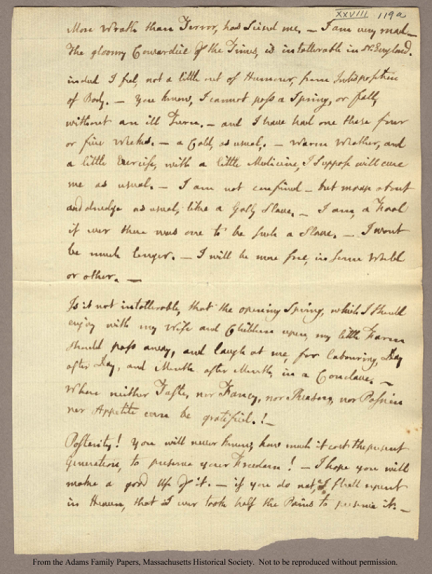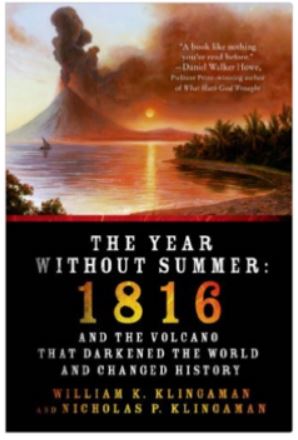It is incredibly important to understand that as the weather turns bitterly cold in the north, people will begin to migrate south. This not merely caused the ancient Greeks to become the Sea Peoples, but also during the Year without a Summer in 1816 it shifted the population in America. In the United States when in 1816 six inches of snow fell in June and every month of the year had a hard frost, people began to migrate. The temperatures had dropped to as low as 40 degrees in July and August in New York City during 1816. People also called it ‘Eighteen Hundred and Froze to Death’ and the ‘Poverty Year.’ This is what I keep pointing out that cold is what kills society and creates poverty – not warming.
The Year without a Summer sent people fleeing from New England states in search of warmer weather and fertile soils both south and west. It was the weather that began to cause migration in the United States outside of the 13 original states. Thousands of New England families gave up their farms, packed their belongings into wagons and joined the throngs traipsing over rivers and mountains to Pennsylvania and the Ohio River Valley, which includes Ohio, West Virginia, Indiana, Illinois, and Kentucky.
 Indeed, between 1810 and 1820, Maine lost as many as 15,000 people. Sixty Vermont towns lost population during that decade as well. The population of 60 other towns in Vermont stayed the same while the U.S. population grew 32%. When we examine Massachusetts, we can see that this state gained only 50,000 people from 1810-20, while Ohio gained five times as many. The Massachusetts Legislature tried to hold on to its citizens by passing a homestead act that gave settlers 100 acres of land for $5.
Indeed, between 1810 and 1820, Maine lost as many as 15,000 people. Sixty Vermont towns lost population during that decade as well. The population of 60 other towns in Vermont stayed the same while the U.S. population grew 32%. When we examine Massachusetts, we can see that this state gained only 50,000 people from 1810-20, while Ohio gained five times as many. The Massachusetts Legislature tried to hold on to its citizens by passing a homestead act that gave settlers 100 acres of land for $5.
…click on the above link to read the rest of the article…
